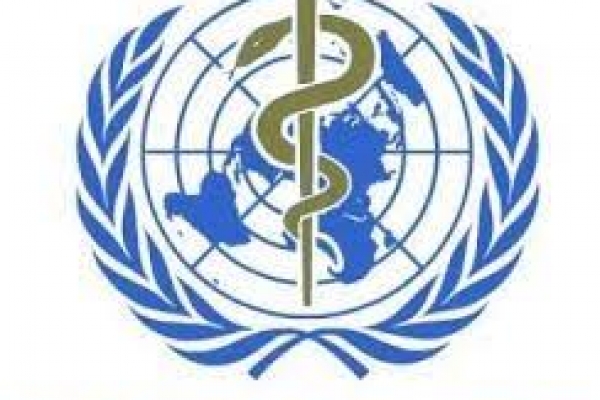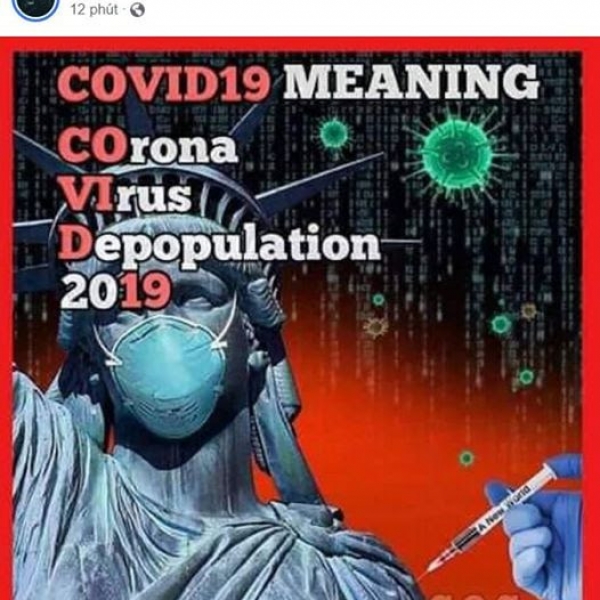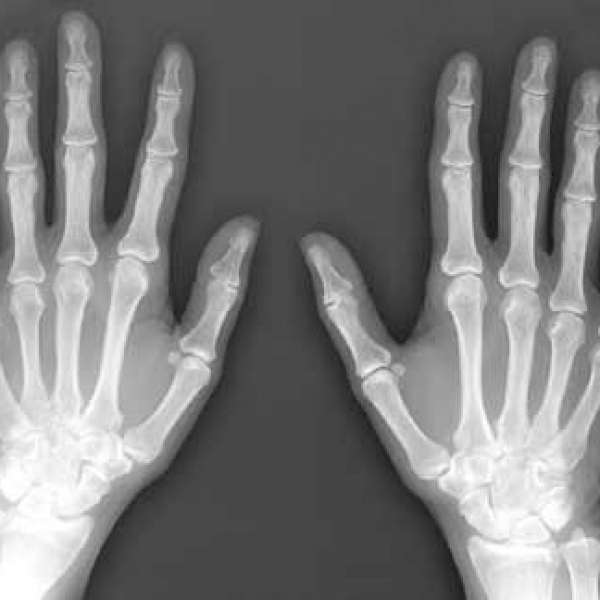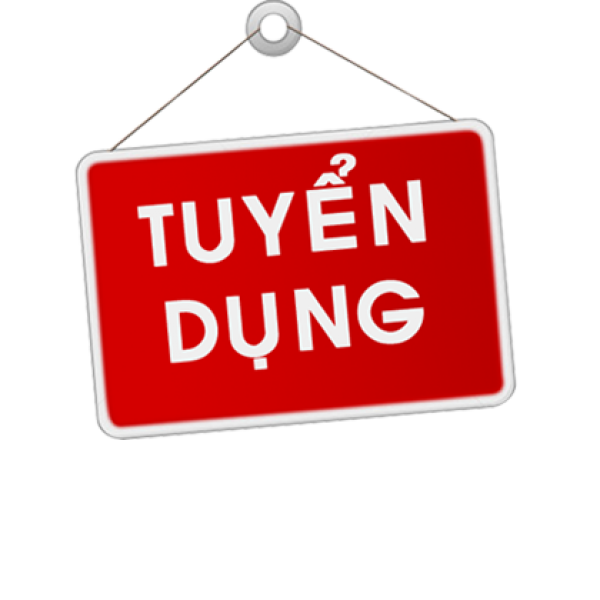Contact Admission
Perfect solution to prevent dengue?
The vaccine produces antibodies against dengue viruses and neutralizes dengue-related viruses.

The dengue virus, which is capable of causing major epidemics, fatal, and internal bleeding, has attracted world attention during the 2014 - 2016 Ebola outbreak in West Africa.
These pathogens are highly lethal, seasonal and geographic, combined with a lack of preventive therapies, have frustrated scientific and public health efforts to prevent outbreaks. played out longer than recent outbreaks. The final mission of those efforts is to develop a universal vaccine that prevents many viruses and design other broad-spectrum antibody therapies to rapidly treat already infected people. sick.
In a small but brilliant study, Harvard Medical School scientists reported that the antibodies produced by the vaccine could fight one type of dengue virus - the Junin virus - and possibly successfully disabled one of the viruses involved - the Machupo virus. Tests are conducted in vitro using antibodies obtained from a vaccine recipient.
"Although limited to only two viruses from the virus family, the results set the stage for the design of broad spectrum therapies that can fight many or all of these," the researchers said. member of a virus family, although there are significant differences in molecular structure ”.
The findings, published May 14 in Nature Communications, are based on individual reports that humans and primates have been vaccinated against the Junin dengue virus. seems more resilient than the Machupo virus vaccination. However, the new study provides the first molecular evidence of what so far are merely anecdotal observations. It also identifies common, preserved on both viruses that prevent them from defending with the same antibodies.
"Our findings increase the likelihood of our findings," said senior study author Jonathan Abraham, assistant professor of microbiology and immunology at Harvard Medical School and an infectious disease specialist at Brigham and Women Hospital. is tantalizing in the design of universal therapies that use antibodies produced by one vaccine as a way to prevent or treat other viruses that are no longer available. We believe our result is a step in that direction ”.
There is a real need to develop such therapies, the research team says, even more severe in an age when viruses were previously confined to one region, but are now emerging in new geographical areas, significantly increasing the risk of dengue outbreaks.
Junin and Machupo dengue viruses belong to the Arenaviridae family, which includes more than 30 types of viruses. Among them, there are 5 viruses known to cause dengue in people in South America.
Although there are also viruses from other viral families that can sometimes cause dengue, members of the arenavirus family are considered truly dangerous dengue viruses. Infection caused by this family of viruses is manifested by damage to blood vessels and severe bleeding in many organs. 15-30% of people infected with one of these viruses have severe symptoms and have died.
Before the development of a vaccine to prevent the Junin dengue virus in the 1980s, this Junin virus caused about 30,000 symptomatic infections in Argentina. The Junin virus vaccine contains a weak virus that causes immunity and protects about 95% of those infected. As a result, the incidence of dengue fever in Argentina has decreased significantly from 2,000 cases to 50 to 60 cases per year. Machupo viral hemorrhagic fever outbreaks are relatively smaller and have less than 100 people sick at the same time.
Once again, senior study author Abraham points out, until the 2014-2016 dengue outbreak in West Africa, the Ebola epidemic also caused sporadic, smaller epidemics. tens to hundreds. "We can accurately predict future virus behavior based on previous people," said Abraham. This is why it is so important to develop strategies for prevention and preventive treatment. ”
Since the 1980s, scientists have tried to successfully replicate the Junin dengue virus vaccine by developing a vaccine that works against many or all of the viruses in the same virus family.
Scientists have traditionally found one thing in common between the types of viruses involved: viruses share a common tendency to use their same target - be it animals or humans - the same type. The "molecular lock", known as the protein receptor binding site (RBS - Receptor Binding Site), matches the surface protein of the host cell as a key in the lock. RBS (RBS - Receptor Binding Site) tends to be well preserved among members of the same virus family, as evolution does not encourage frequent mutations to a very structure. important for a living organism to survive.
Over the past decade, researchers have developed antibody treatments that mimic the "lock" of host cells as a way to trick the virus into thinking it attaches to the host cell, in fact, it is locked in an antibody that renders it incapable of invading and infecting the host cell. But, as is often the case in the evolutionary conspiracy, there has been a change, Abraham explained.
Whether natural or targeted viruses evolve over time, the footprint, or configuration of the virus's molecular key is RBS (RBS - Receptor Binding Site). This modification ensures virus compatibility with the host and ultimately the survival of the virus. Viruses are limited to certain geographic areas and the specific host hosts for those areas vary with their targets. Therefore, members of the same virus family that reside in different geographic areas and come into contact with different hosts will have both similarities and differences in their RBS.
"Even among viruses that are involved and share the similarity in the molecular structure of their receptor binding sites, you end up with a significant degree of variability," said Abraham. ". The efforts have been made to create antibodies that have a broad preventive effect against one dengue virus as a way to neutralize others, the researchers said. However, in the recent study, the researchers identified a very small fraction of the molecular keys used by identical Junin and Machupo viruses, and reacted with the same antibodies, making both viruses sensitive to the same vaccine.
When testing them, the team took antibodies from a person who had received the Junin vaccine two years ago. The team focused on a set of immune cells called memory B cells. As cells that permanently store memories from previous viral encounters, these cells store the ingredients and recipes for making protective antibodies against these remembered viruses. When these cells then encounter the same virus, they quickly discard the formulation and increase antibody production to neutralize these viruses. It was from these cells that scientists isolated a number of Junin-specific antibodies that developed as a result of past immunizations. Next, they tested a laboratory dish of these antibodies with the Machupo virus RBS (RBS - Receptor Binding Site) binding site. Two of the few antibodies end up with it.
The researchers used X-ray crystallography to determine the exact location and other molecular details of the interaction between the RBS (RBS - Receptor Binding Site) of the microbe. draw and two antibodies. Intuitive techniques for determining the exact location where viruses and antibodies cling together are somewhat genetically similar shared by both Machupo virus and Junin virus. It's a molecular crack that makes both viruses more susceptible to the same vaccine antibodies, the researchers said. This part of the Molecular Lock Virus is a promising target for the development of antibody therapies against a wide variety of dengue viruses.
Junin and Machupo are dengue viruses that are most closely related to the Arenavirus family. However, more than half of their RBS (RBS - Receptor Binding Site - receptor binding site) is different. However, new findings suggest that such common vulnerability areas may exist among other members of the Arenavirus family of viruses.
According to Abraham: “This approach can play a key role in controlling human infection and its most devastating consequences are an elusive goal. As we get better at handling smaller parts that are shared across all viruses, we can begin to notice precise targeting therapies newly created to function. action in protected areas on many virus species ”.
Source: //hms.harvard.edu/
Translation summary: Dr. Nguyen Huu Tung et al
Other news
- Therapeutic potential and mechanisms of mesenchymal stem cell-derived exosomes as bioactive materials in tendon–bone healing ( 08:38 - 23/11/2023 )
- Symbol of medicine ( 19:38 - 19/09/2021 )
- The history of the development of medicine worldwide and in Vietnam ( 18:58 - 19/09/2021 )
- Pharmacology in mind ( 08:42 - 04/02/2021 )
- Nitric Oxide and other medical contributions over 2 decades ( 08:19 - 11/12/2020 )
- Scientists Create First Full-Size 3D Printed Human Heart Model ( 09:32 - 10/12/2020 )
- How Many People Need Vaccines to Reach Herd Immunity? ( 09:25 - 10/12/2020 )
- Whitmore's disease increased in Central ( 07:56 - 19/11/2020 )
- Diabetes - the silent killer ( 08:17 - 16/11/2020 )
- Lung cancer may be mistaken for COVID-19 ( 08:30 - 21/10/2020 )








